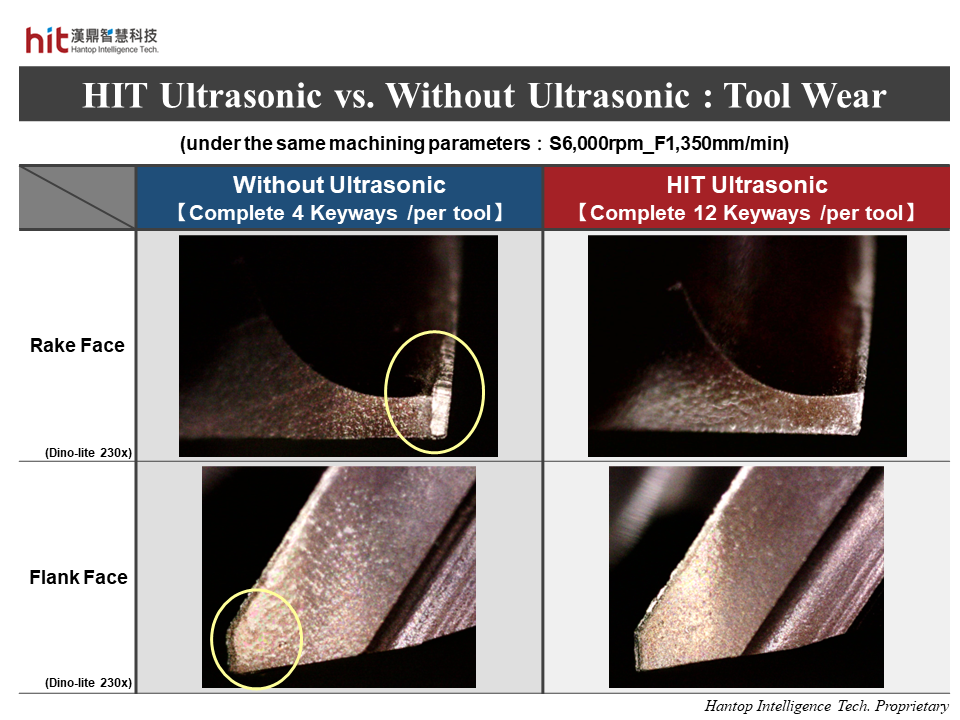
(Figure 1. HIT HSK-A63 ultrasonic machining module was used on keyway side milling of nickel alloy inconel 718)
HIT's Goal in Keyway Side Milling of Nickel Alloy (Inconel 718)
The goal is to achieve higher machining efficiency and longer tool life on doing keyway side milling of nickel alloy (Inconel 718) with HIT ultrasonic-assisted machining technology.
Ultrasonic-Assisted Keyway Side Milling of Nickel Alloy (Inconel 718) Machining Results
Nickel Alloy (Inconel 718) Keyway Side Milling: Machining Efficiency

(Figure 2. Feed rate can be further enhanced with HIT Ultrasonic after the rotation speed was increased 1.3x faster than the original parameter)
-
With HIT ultrasonic, the high frequency micro-vibration allowed the tool to constantly lift from workpiece. This brought better cooling effect and better chip evacuation, which helped reduce cutting force.
-
Based on the premise that the rotation speed was increased 1.3x from the original parameter, feed per revolution could be further enhanced. The feed rate was thus 1.8x higher than the original one, achieving an 2x increase in overall machining efficiency.
Nickel Alloy (Inconel 718) Keyway Side Milling: Tool Life

(Figure 3. HIT ultrasonic-assisted keyway side milling of nickel alloy Inconel 718 brought better cooling effect and chip evacuation, preventing the occurrence of BUE stuck on tool blade)
-
With HIT ultrasonic, the tool frequently lifted from workpiece. The better cooling effect and better chip evacuation prevented the occurrence of BUE (Built-Up Edge). The reduced cutting force helped prolong 3x of tool life.
-
The work-hardened chips were hard to evacuate due to excessive heat generation under continuous cutting in conventional machining. This caused massive BUE stuck on the tool blade and increased the cutting force, which then resulted in poor tool life.

(Figure 4. HIT ultrasonic-assisted keyway side milling of nickel alloy Inconel 718 achieved 3x longer tool life)
Nickel Alloy (Inconel 718) Keyway Side Milling: Chip Formation

(Figure 5. Better coolling effect and chip evacuation changed the chip formation in HIT ultrasonic-assisted keyway side milling of nickel alloy Inconel 718)
-
With HIT ultrasonic, the tool frequently lifted from workpiece. The better cooling effect and better chip evacuation prevented the occurrence of BUE. The reduced cutting force helped prolong 3x of tool life.
-
The work-hardened chips were hard to evacuate due to excessive heat generation under continuous cutting in conventional machining. The chips bent more due to plastic deformation, and the jagged edge could easily cause damage to the cutting tool and workpiece quality.
Nickel Alloy (Inconel 718) Keyway Side Milling: Surface Quality

(Figure 6. HIT ultrasonic-assisted keyway side milling of nickel alloy Inconel 718 helped reduce the surface roughness of workpiece)
-
With HIT ultrasonic, better cooling effect and better chip evacuation could prevent the workpiece from re-cutting by the work-hardened BUE. This helped reduce surface roughness, achieving 2x better surface quality.
-
The work-hardened chips stuck on tool blade (BUE) caused damage to the surface of workpiece. Some chips also got stuck on the surface due to poor chip evacuation.
HIT Achievements in Keyway Side Milling of Nickel Alloy (Inconel 718)
🕜 Efficiency - 2x higher
📈 Surface Quality - 2x better
⚙️ Tool Life - 3x longer